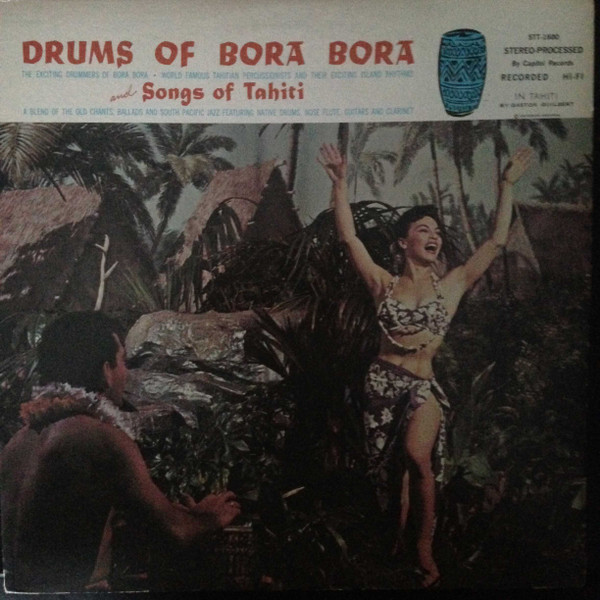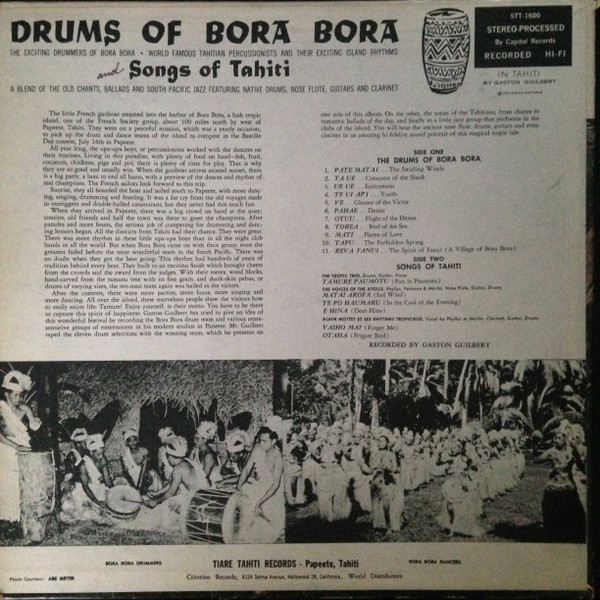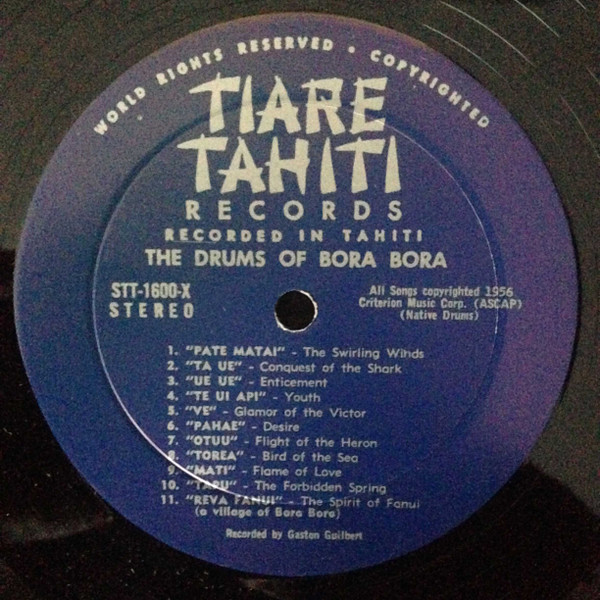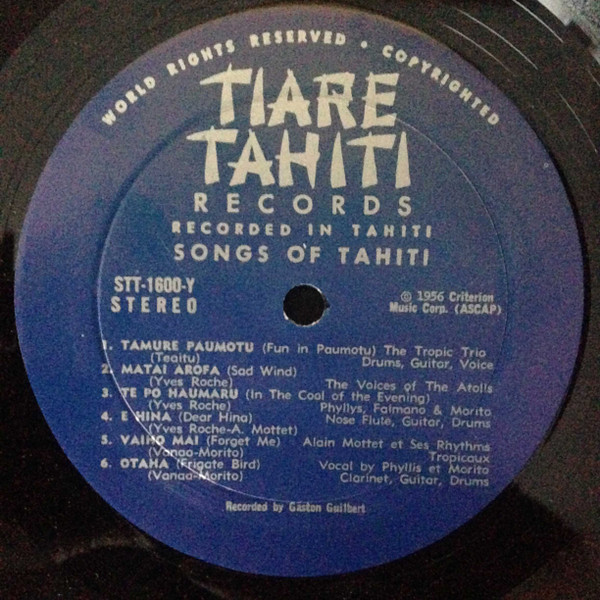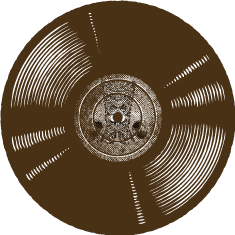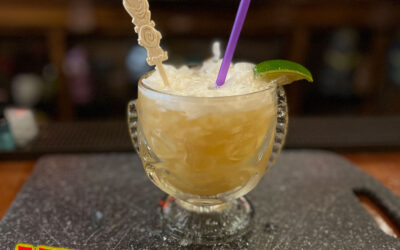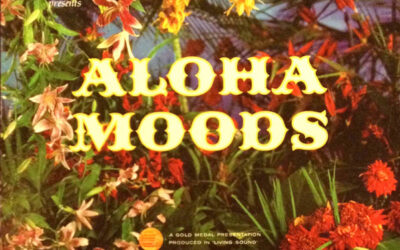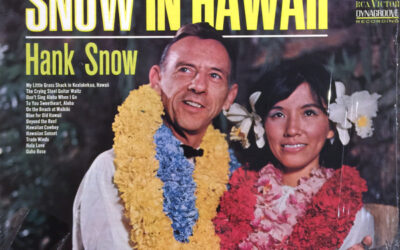Label: Tiare Tahiti Records
Genre: Folk, World, & Country
Style: Island, Pacific, Hawaiian
Year: 1956
Tracklist:
- Pate Matai (The Swirling Winds)
- Ta Ue (Conquest Of The Shark)
- Ue Ue (Enticement)
- Te Ui Api (Youth)
- Ve (Glamor Of The Victor)
- Pahae (Desire)
- Otuu (Flight Of The Heron)
- Torea (Bird Of The Sea)
- Mati (Flame Of Love)
- Tapu (The Forbidden Spring)
- Reva Fanui (The Spirit Of Fanui)
- Tamure Paumoto (Fun In Paumoto)
- Matai Arofa (Sad Wind)
- Te Po Haumaru (In The Cool Of The Evening)
- E Hina (Dear Hina)
- Vaiho Mai (Forget Me)
- Otaha (Frigate Bird)
Notes:
Released in 1956, Drums of Bora Bora and Songs of Tahiti is a captivating album that transports listeners to the heart of Polynesian musical traditions. The record is divided into two distinct sections: the first half showcases the rhythmic intensity of the Exciting Drummers of Bora Bora, while the second half features melodic songs performed by various Tahitian artists. This album was produced under the Tiare Tahiti Records label and distributed by Criterion Records, reflecting a dedication to preserving and sharing the rich musical heritage of the Pacific islands.
The drumming segment of the album is a powerful display of traditional Polynesian percussion, with tracks like Pate Matai (The Swirling Winds) and Ta Ue (Conquest of the Shark) capturing the dynamic energy of Bora Bora’s drumming culture. Each piece is deeply rooted in storytelling, with rhythms that evoke the movement of nature, the spirit of warriors, and the pulse of island life. The Exciting Drummers of Bora Bora bring an authenticity to the recording, immersing listeners in the primal and hypnotic beats that have been an integral part of Polynesian ceremonies for generations.
The second half of the album shifts to the lyrical beauty of Tahitian songs, performed by groups such as The Tropic Trio and The Voices of the Atolls. Tracks like Matai Arofa (Sad Wind) and Te Po Haumaru (In the Cool of the Evening) showcase the delicate interplay of vocals and traditional instruments, including the nose flute and guitar. These songs convey themes of love, longing, and the serene beauty of island life, offering a contrast to the intensity of the drumming sequences. The inclusion of Alain Mottet et Ses Rhythms Tropicaux adds a unique touch, blending Polynesian melodies with a broader world music influence.
Beyond its musical significance, Drums of Bora Bora and Songs of Tahiti holds historical value as an album that was made for Pan Am Airlines, likely intended to introduce travelers to the sounds of the South Pacific. The record serves as both an artistic and cultural artifact, preserving the essence of Polynesian music for audiences beyond the islands. Its combination of percussive energy and melodic storytelling makes it a standout example of mid-century exotica, appealing to both collectors and enthusiasts of world music.



